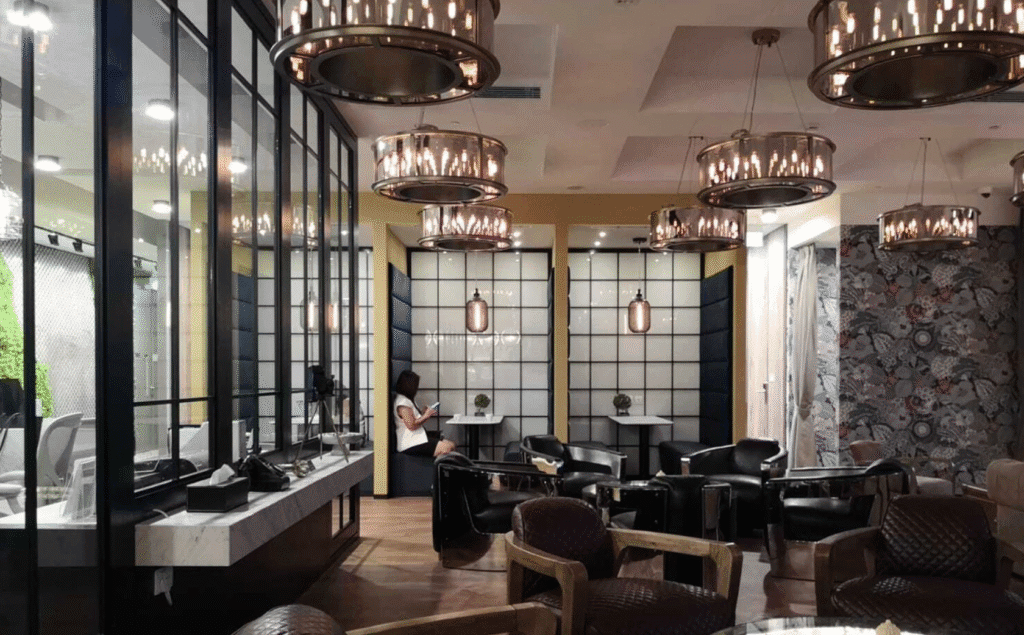In the midst of Kowloon East’s rapid evolution into Hong Kong’s second central business district, a surprising twist has emerged. Tenants are banding together to challenge standard rent rates for buildings that lack convenient MTR access. Now, businesses are leveraging their collective bargaining power to secure discounts of up to 25% on properties without direct transit links, signaling a major rethinking of commercial real estate value in a post-pandemic market. In today’s Hong Kong, transit connectivity isn’t just a bonus—it’s become a must-have feature.
Rethinking Property Value in Kowloon East
As Hong Kong’s government pursues an ambitious plan to establish Kowloon East as a vibrant CBD, office space here has traditionally been priced at around HK$11 per square foot per month—a notable bargain compared to the city’s core districts. However, the pricing edge is being eroded by the growing importance of accessibility. For many employees, the difference between a short five-minute walk to the Kwun Tong MTR station and a 20-minute journey by foot or bus isn’t trivial; it impacts daily productivity and overall quality of life. This shift in priorities mirrors the rise of flexible work arrangements and new expectations for work-life balance.
The Business Rationale Behind Transit Discounts
The ongoing rent rebellion is more than a cost-saving effort—it’s a fundamental reassessment of what gives an office space its true value. Companies are now presenting detailed data to landlords, demonstrating that poor connectivity can hurt everything from recruitment and retention to client visits and employee satisfaction.
For example, in a district where high-end properties like Eastmark, Two Harbour Square, Manhattan Place, and The Quayside command top-tier rents, buildings outside the “five-minute MTR radius” are now under pressure to offer significant concessions. This has effectively created a two-tier market: those located near the MTR continue to command premium rents and occupancy, while less accessible properties are forced to lower their rates.
Real Stories of Tenant Leverage
The balance of power in Kowloon East is visibly shifting. Consider these two case studies:
- Tech Firm Negotiations: A software development company occupying 1,500 square feet in a building that’s twenty minutes away from the nearest MTR station managed to secure a 20% rent reduction. Their successful strategy involved presenting comprehensive data on how extended commutes affected employee morale and recruitment. When the landlord compared their data to market vacancies in similarly situated buildings, it became clear that retaining a reliable tenant—even at a discount—was a better alternative to leaving the space unoccupied.
- Creative Studio’s Strategic Move: Some companies are opting to relocate rather than negotiate. A creative design studio, for instance, decided to move from a repurposed industrial building in Kwun Tong to a flexible workspace near Ngau Tau Kok MTR station. Despite a slightly higher cost per square foot, the studio noted that savings from reduced travel times and improved client access far outweighed the financial premium. “Even with a 25% discount, the long commute was draining our resources in terms of lost time and missed opportunities,” said the creative director.
Exploring Alternatives in a Shifting Landscape
The mounting pressure from tenants is pushing Kowloon East’s commercial property sector to explore new leasing models. Property developers and landlords are now considering innovative strategies to retain tenants while acknowledging the growing demand for connectivity. This includes creative lease structures, value-added services, and enhanced digital marketing efforts to attract forward-thinking companies.
Looking Ahead: The Future of Kowloon East
Kowloon East’s rent rebellion is emblematic of broader trends reshaping Hong Kong’s office market. As flexible work models become the norm, the emphasis is shifting away from prestigious addresses alone to a more holistic approach that includes accessibility, affordability, and overall tenant satisfaction. In this new reality, buildings that offer seamless transit connections and convenient access to transport will remain highly competitive, while others will be compelled to adapt or risk obsolescence.
As one industry expert observed,
“Today’s commercial real estate isn’t just about location—it’s about how that location works for you in everyday operations. Connectivity has become the defining factor for modern office spaces.”
In summary, the unfolding rent rebellion in Kowloon East is not just a temporary market quirk—it’s a clear indicator that the future of office leasing in Hong Kong hinges on meeting the evolving needs of the modern workforce. Whether by negotiating deeper discounts or reinventing leasing models altogether, the commercial property market here is poised for a significant transformation.



